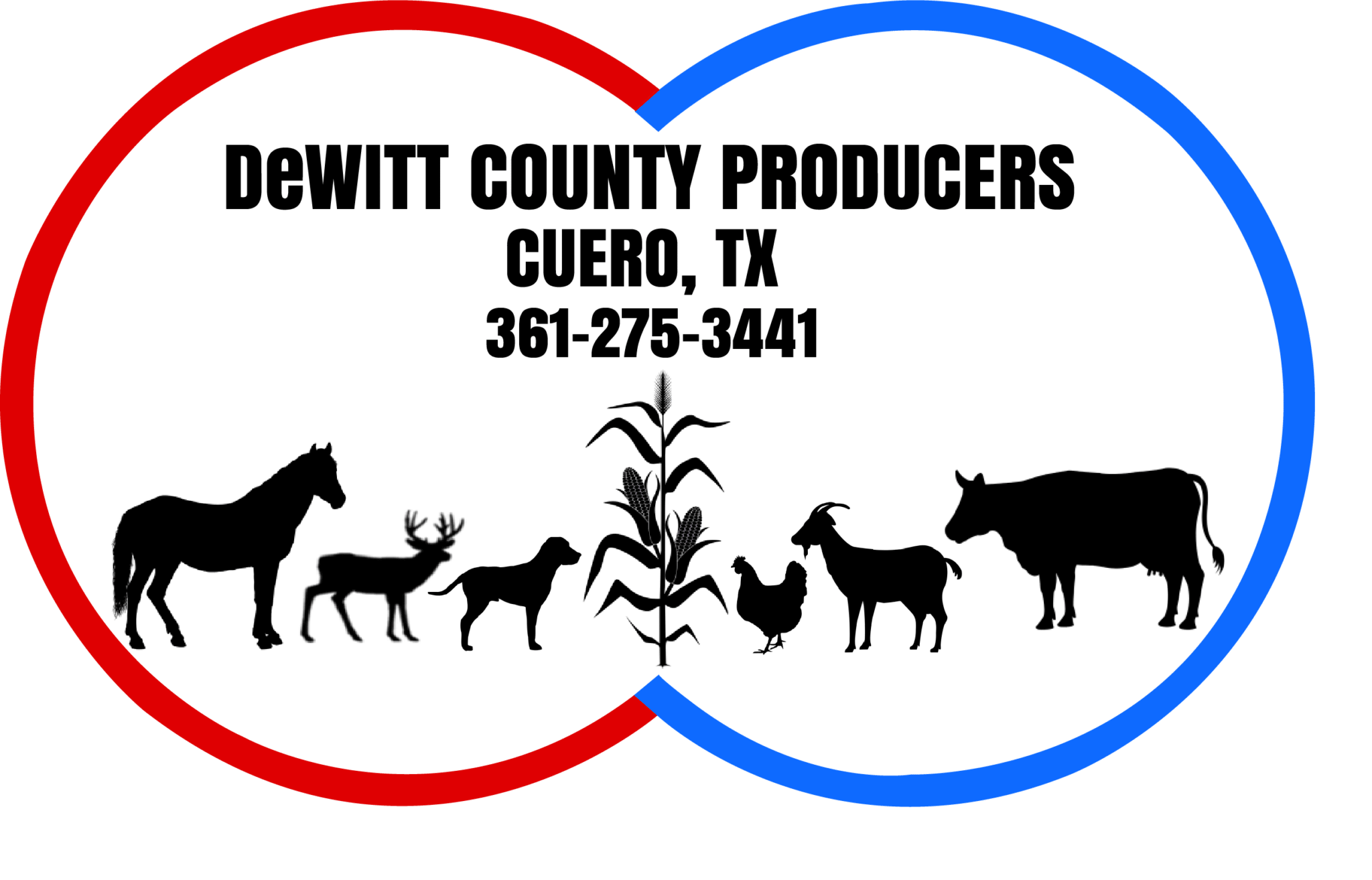Fertilizer and high-yielding crops are key in modern farming, helping to boost food production and provide enough food worldwide. Farmers use the right fertilizers, like nitrogen, phosphorus, and potassium, to make soil better and increase crop yields. This article looks at how fertilizers help crops grow and feed more people, and it covers the best ways to use them. It also explains how new technology and genetic engineering are changing farming for the better.
Key Fertilizer Facts for Bigger Harvests (The TL;DR)
Before applying fertilizer, here are the main points to remember:- Fertilizers supply nitrogen, phosphorus, and potassium. These nutrients help plants grow stronger leaves, roots, and stems. As a result, crops yield better.
- Fertilizer can boost yields by up to 50% in modern farming. It’s also a key player in farm profits.
- Slow-release fertilizers lower the risk of burning plants and losing nutrients. Quick-release types offer fast results but can wash away easily if overused.
- The 4R Nutrient Stewardship method helps farmers use fertilizer wisely. It focuses on four key points: right source, right rate, right time, and right place.
- Soil testing and precision agriculture tools help farmers. They provide crops with needed nutrients. Their use improves efficiency and protects the environment.
Learning about fertilizers and what they are made of
Types of Fertilizers

Fertilizers with Important Nutrients
How Fertilizers Work

The Impact of Fertilizers on Crop Yield
Statistical Evidence
Comparison with Unfertilized Crops

How to Use Fertilizer the Right Way
The 4R Nutrient Stewardship
Right Source
Right Rate
Right Time
Right Place

Soil Testing and Analysis
Soil testing is necessary for nutrient management. They show the health of the soil, the pH, and what nutrients are missing. Farmers check the soil for food and salt before planting and while the crops are growing. Farmers stay the same when they test, but they take soil from different plants in greenhouses. For problem diagnosis, they should take samples from both healthy and unhealthy plants to compare.
Precision Agriculture Techniques


